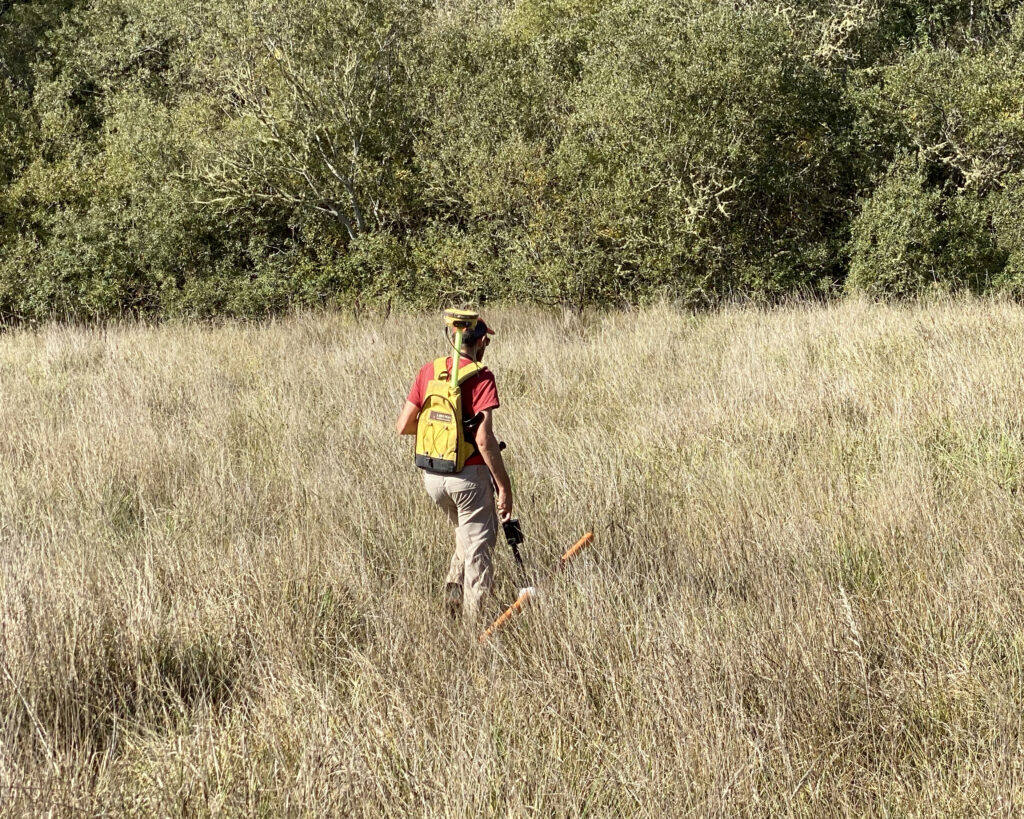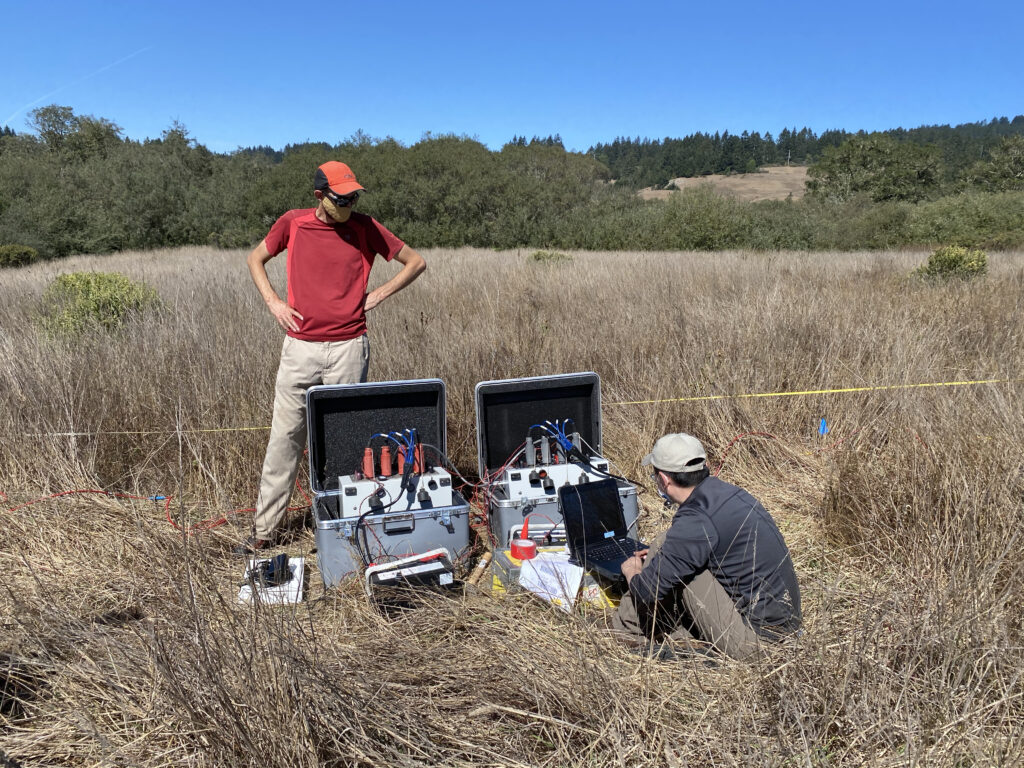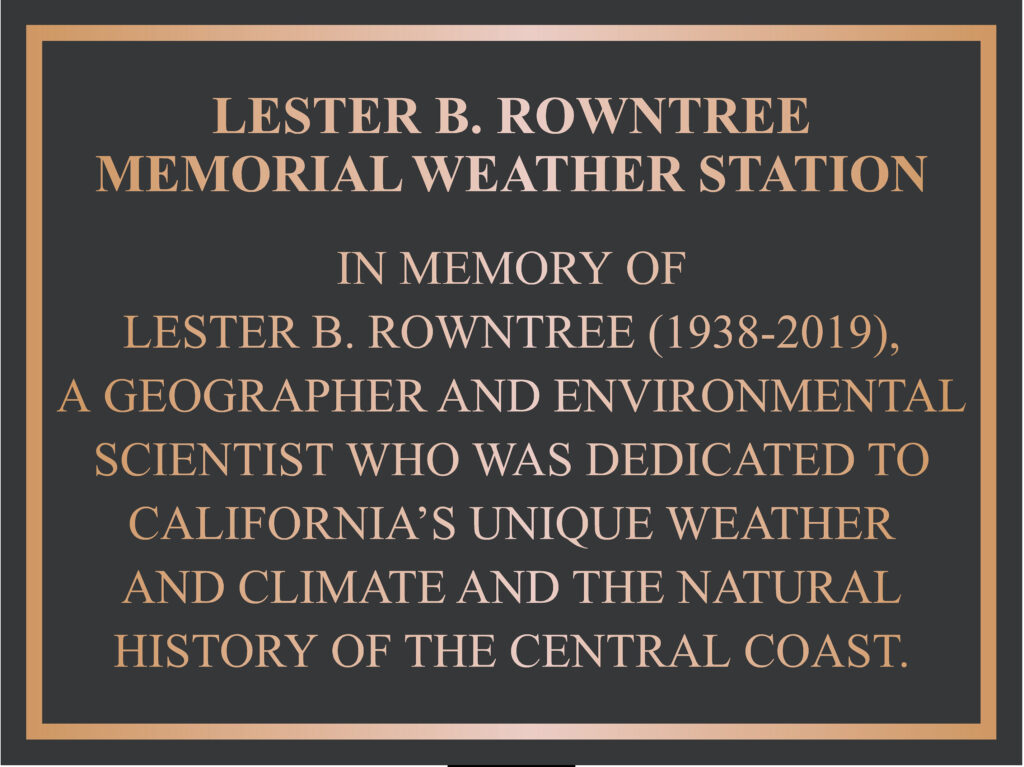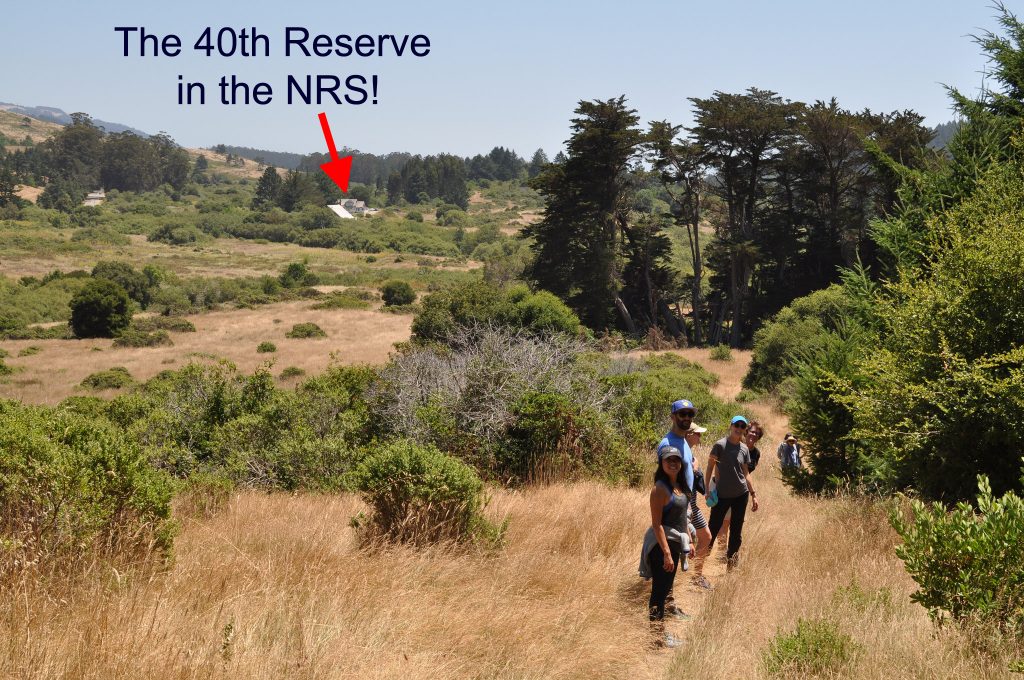Things have been humming along at the field station this past year, although like everywhere else, it’s all a bit different. Through careful consideration with UC Berkeley, state, and local health officers, campus Environmental Health & Safety officers, and campus administration including the Vice Chancellor of Research, we have been able to carefully(!) host researchers and even some groups and classes at the field station while maintaining utmost safety protocols to prevent the spread of COVID-19. You can see our protocols here.
Part of the activity at the field station has included establishing a new long-term field experiment at the field station. Researchers from the Terrestrial Ecosystem Sciences group in the Earth and Environmental Sciences Division at Lawrence Berkeley Lab are conducting a soil warming experiment to measure changes in soil carbon and respiration in grassland habitat dominated by perennial grasses. Their project began in mixed conifer forest at Blodgett Experimental Forest. Before the plots go in the team is measuring site characteristics and soil properties by performing the following measurements.
– soil coring and soil analysis
– piezometers to measure water table depth
– root zone imaging
– electromagnetic induction (EMI) surveys to measure apparent subsurface electrical resistivity
– electrical resistivity tomography (ERT) to measure subsurface soil structure
– vegetation survey.


We look forward to continued developments with this project!
In other news, our weather station has been dutifully collecting weather data since January 7, 2020. Thanks to the stellar work by UC Natural Reserve System Weather Station Technician, Wendy Baxter, and UCNRS IT technician, Kevin Browne, all sensors and solar systems have been recording with no problems. We are still working on uploading the weather station’s data stream, a process that’s been delayed by our exceptionally slow satellite internet service.
In the meantime, we are pleased to announce our new weather station has been named the Lester B. Rowntree Memorial Weather Station. Les Rowntree (1938-2019), a well-known geographer and environmental scientist, provided the foundational gift that made the weather station possible. He supported the Point Reyes Field Station because of his long-standing interest in California’s unique climate and natural history. We had the following bronze plaque created that will be posted at the base of the weather station.

The data generated by our weather station is available by request. Please email Wendy Baxter with the dates you require.

